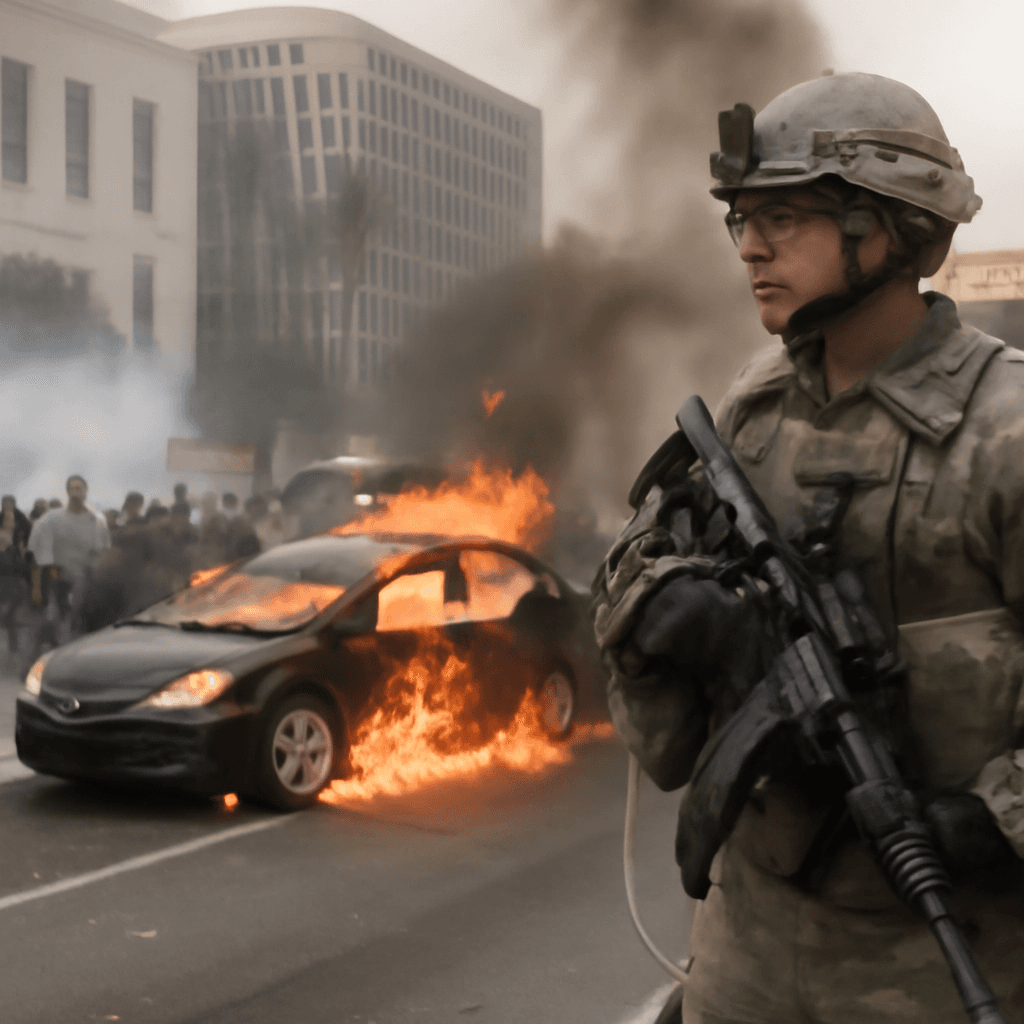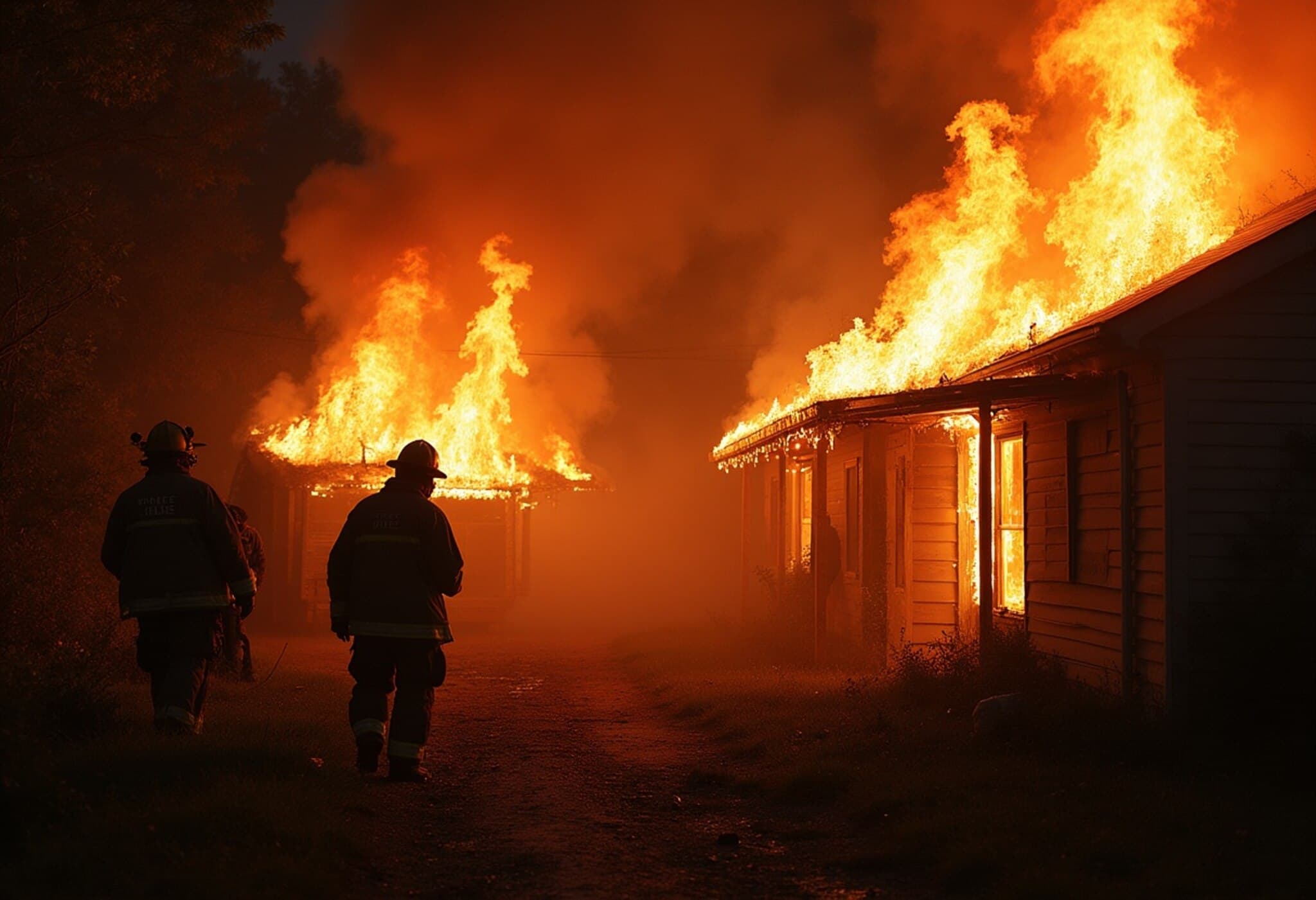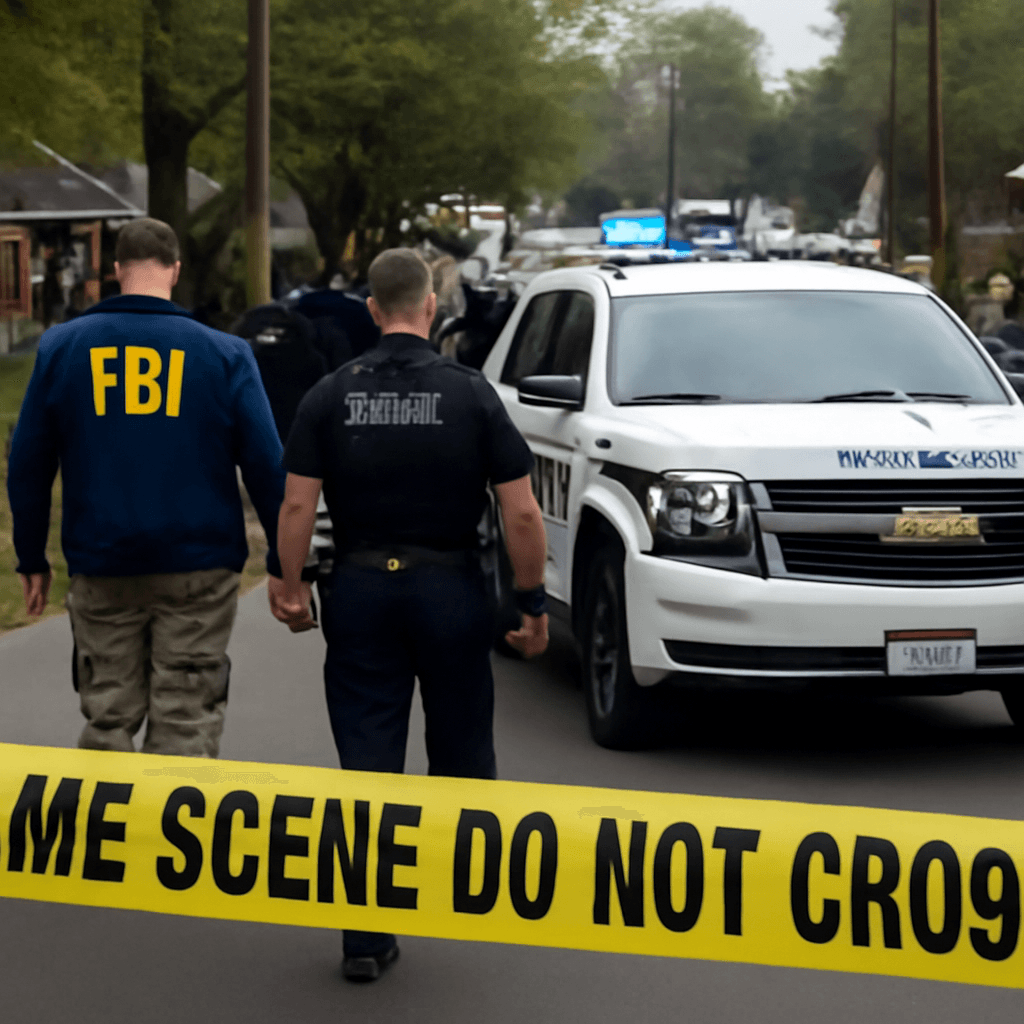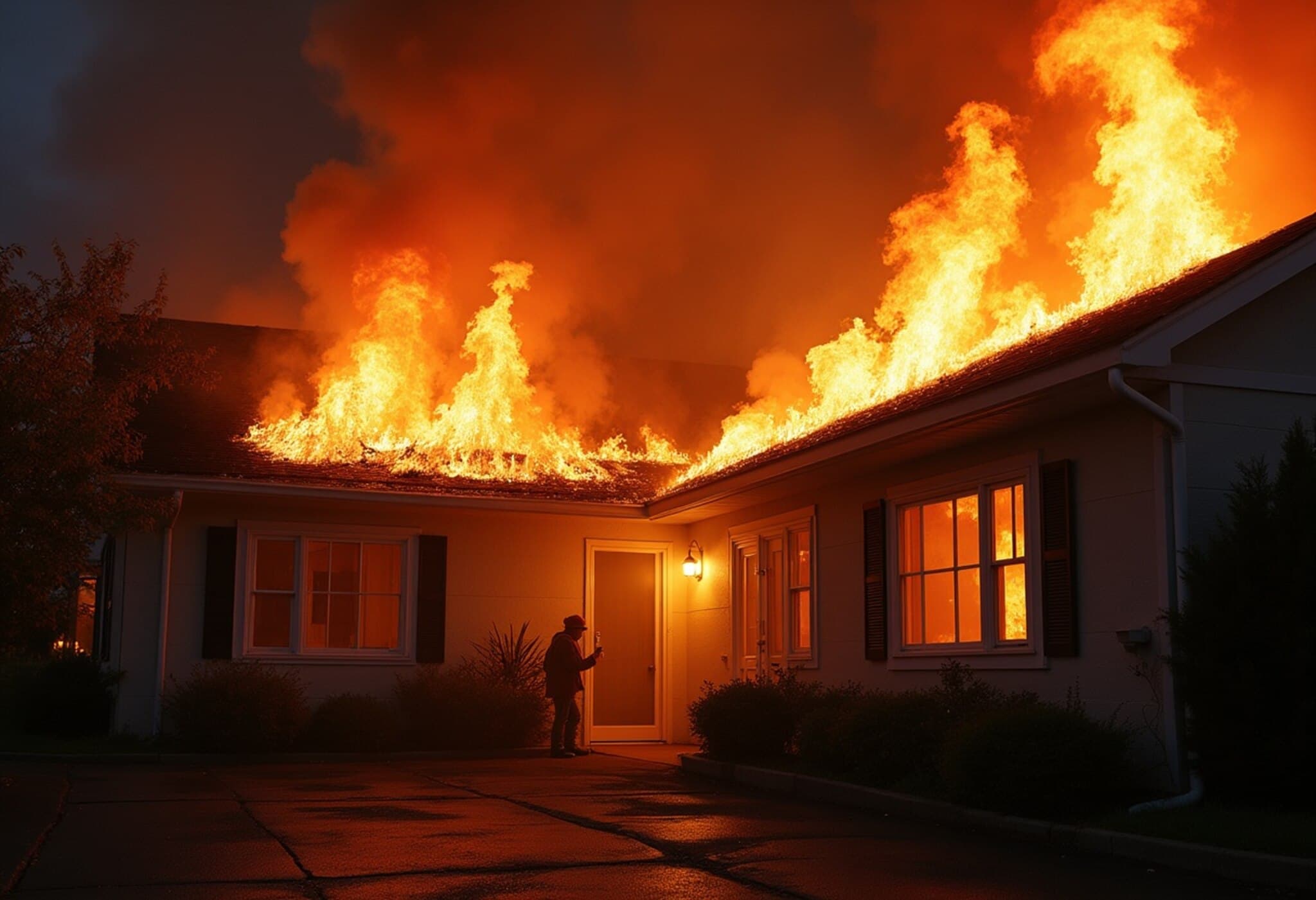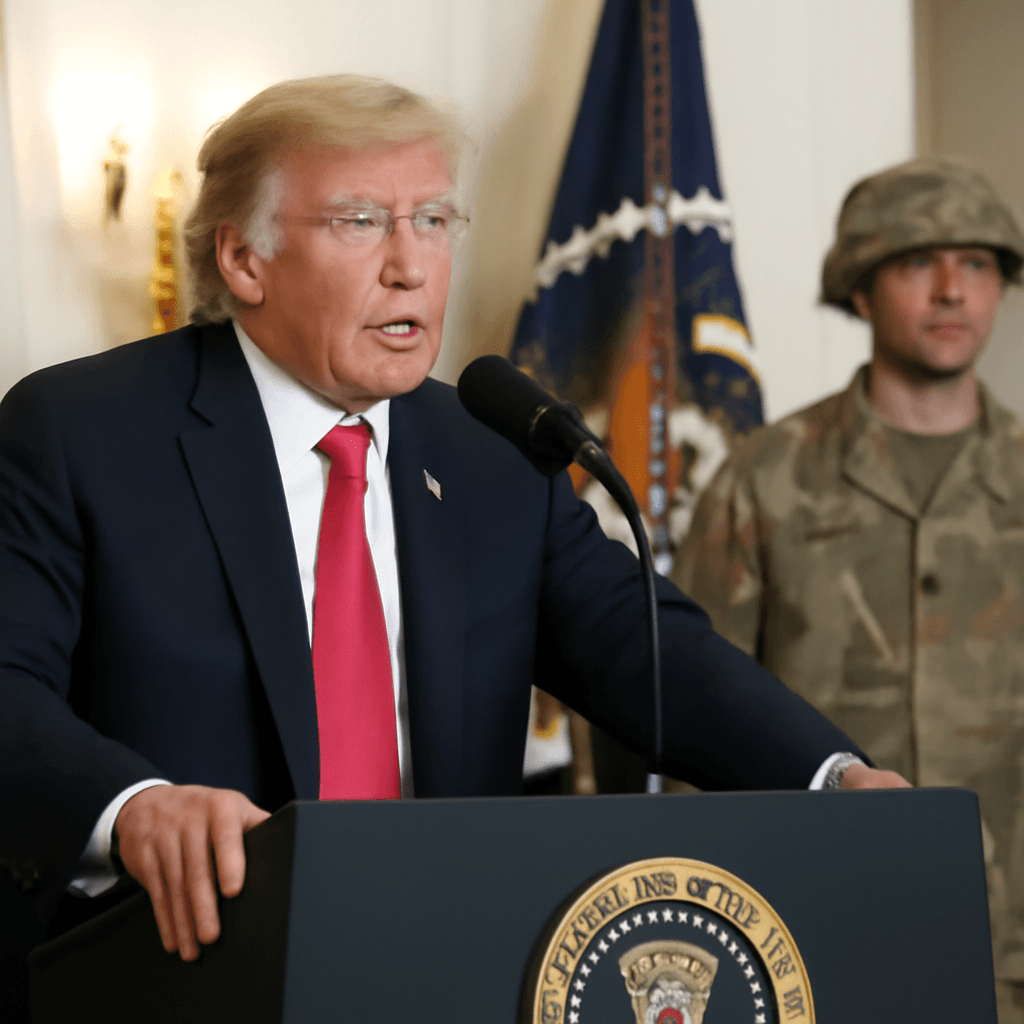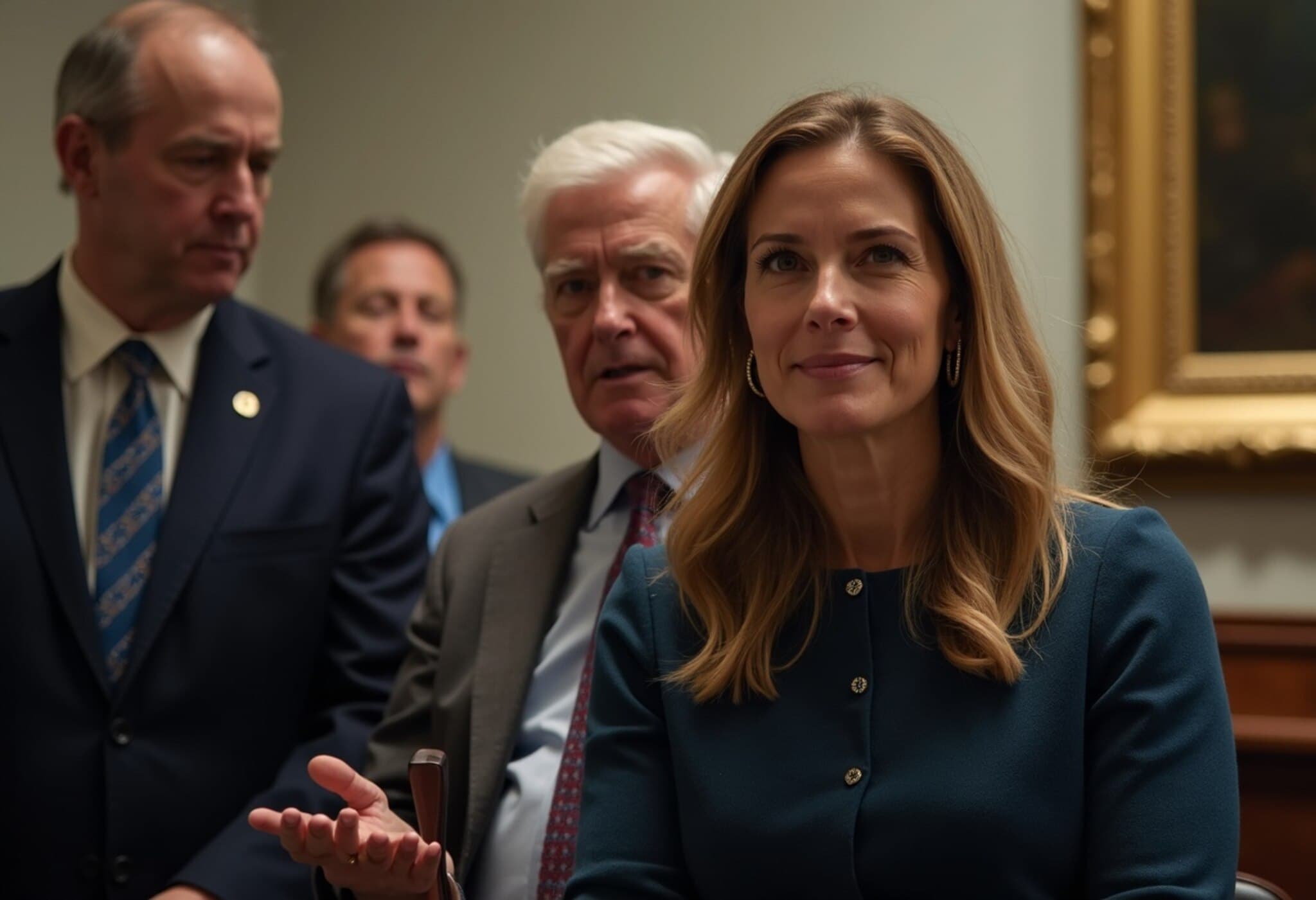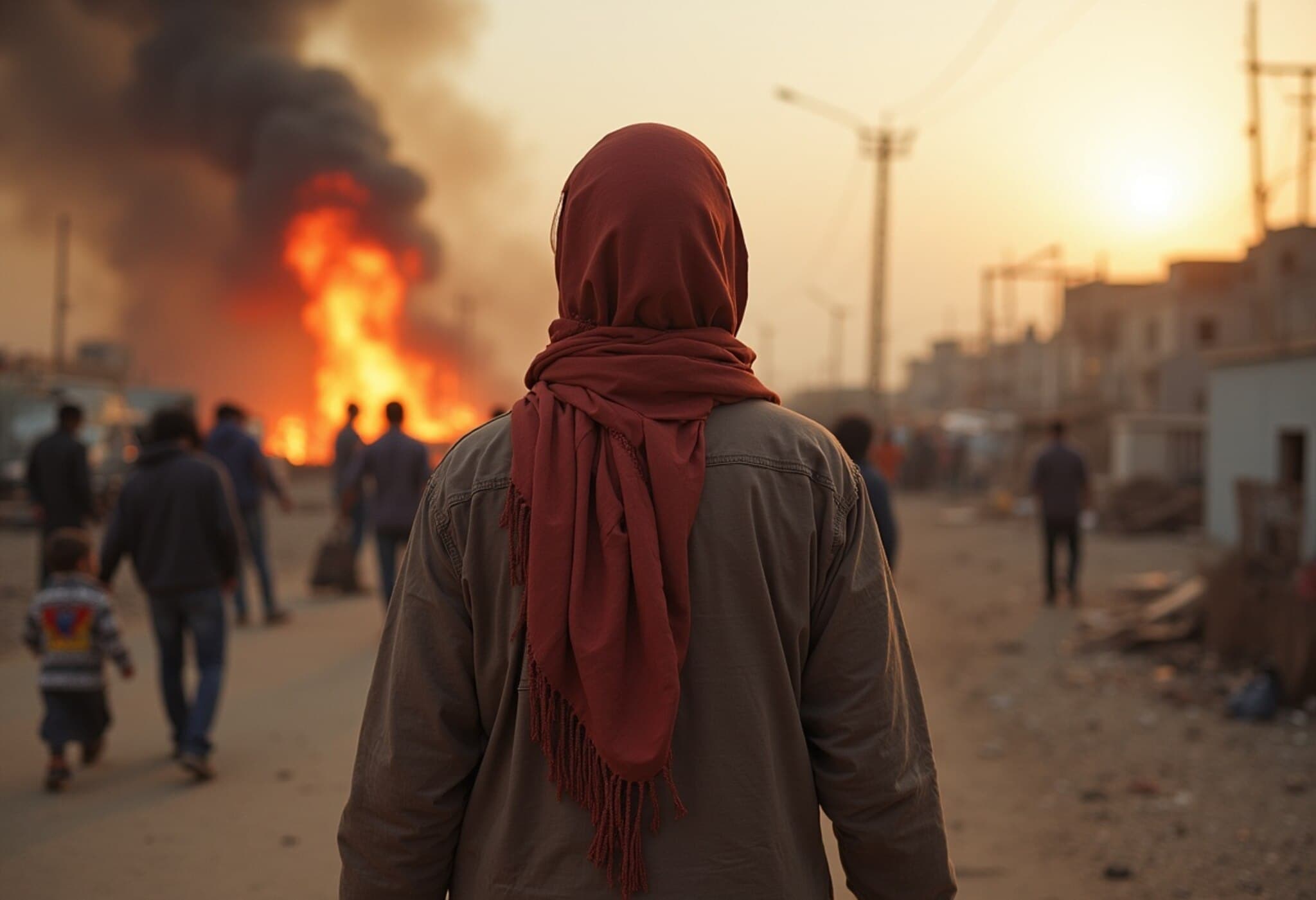Melania Trump Urges Nationwide Behavioral Threat Assessments After Minnesota Tragedy
In the wake of a devastating mass shooting that left two children dead and over a dozen others injured in Minnesota, former US First Lady Melania Trump has called for urgent behavioral threat assessments to prevent future tragedies. Taking to X (formerly Twitter), Melania extended her heartfelt condolences to the victims' families and stressed the critical need for early intervention to detect potential threats.
Early Warning Signs: A Call to Action
"The tragic mass killing in Minnesota illuminates the need for pre-emptive intervention in identifying potential school shooters," Melania wrote on Thursday. She emphasized that warning signs often manifest well before violent acts, with many perpetrators signaling intent through troubling behavior and threatening comments online. "To prevent future tragedies, we must look into behavioral threat assessments across all levels of society—beginning in our homes, extending through school districts and, of course, social media platforms," she added.
The Minnesota Shooting: A Community Shaken
The harrowing incident occurred at the Annunciation Catholic Church in Minneapolis after the start of the school day. The shooter, identified as 23-year-old Robin Westman (formerly Robert), opened fire inside the church where children from an adjacent Catholic grade school were attending mass.
- Casualties: Two children aged eight and ten were tragically killed.
- Injuries: Seventeen others, including 14 children and three adults, sustained injuries.
- Weapons: The attacker used three firearms during the assault before taking his own life.
According to Minneapolis Police Chief Brian O’Hara, the shooter fired through church windows targeting children seated in the pews. Authorities also noted that some church entrances were barricaded, indicating a possible intention to trap victims inside the building.
Complex Background Adds Layers to the Tragedy
Robin Westman’s story is complex; reportedly a transgender individual with past anti-Trump sentiments. His mother, Mary Westman, had been employed at the school but retired in 2021. Court records indicate she had supported Robin’s legal name change years earlier.
These personal dynamics add to the difficult public discourse on how society addresses mental health, identity, and the roots of such violent acts.
Why Behavioral Threat Assessments Matter
The call for widespread behavioral threat assessments underscores a pressing national debate about how best to detect and disrupt potential shooters before tragedy strikes. Experts highlight:
- Proactive Intervention: Identifying at-risk individuals through behavioral signals can prevent escalation.
- Cross-sector Coordination: Effective assessments require cooperation between families, schools, mental health professionals, law enforcement, and social media platforms.
- Challenges: Balancing prevention with civil liberties and avoiding stigmatization remains a difficult task.
This tragedy underlines the urgent need for policies coding in these assessments alongside stronger community support systems.
Expert Commentary: A Broader Reflection
Dr. Laura Kim, a recognized expert in school psychology and violence prevention, observes: "Behavioral threat assessments can be a powerful tool, but only if implemented thoughtfully with adequate resources and training. We must foster environments where warning signs are taken seriously without infringing on personal rights."
Furthermore, the rise of violent extremism and online radicalization complicates how threats manifest, making digital literacy and monitoring critical components in modern prevention strategies.
Looking Ahead: Community Healing and Policy Implications
As Minneapolis mourns this senseless act, the broader American society faces a call to reevaluate its approach toward violent threats and prevention. The integration of behavioral threat assessments could bridge gaps between warning signs and timely action.
The complexity of this tragedy, involving mental health, identity, and familial ties, points to a multilayered challenge requiring empathy, policy innovation, and collective vigilance.
Editor’s Note:
While behavioral threat assessments offer promise, questions remain on implementation scope, privacy protection, and inclusive community engagement. How can the US balance these needs to forge safer, more supportive environments for children and families? The Minnesota shooting is a tragic reminder that prevention requires a holistic, compassionate strategy beyond reactive security measures.



